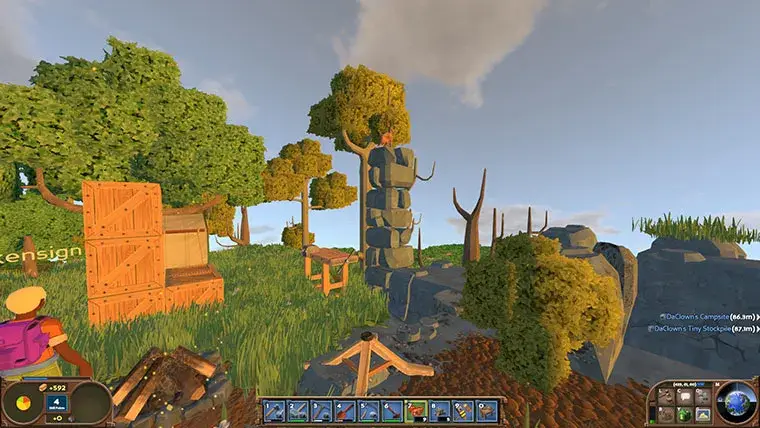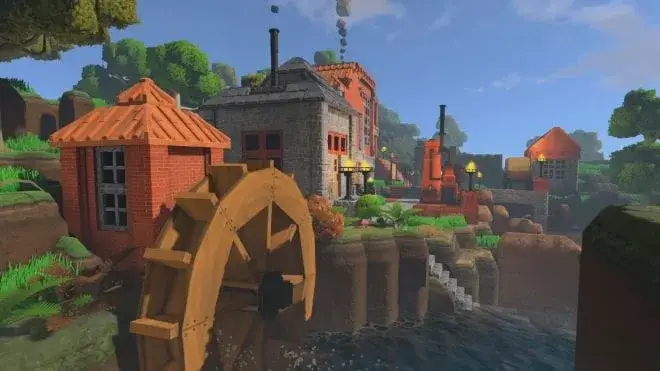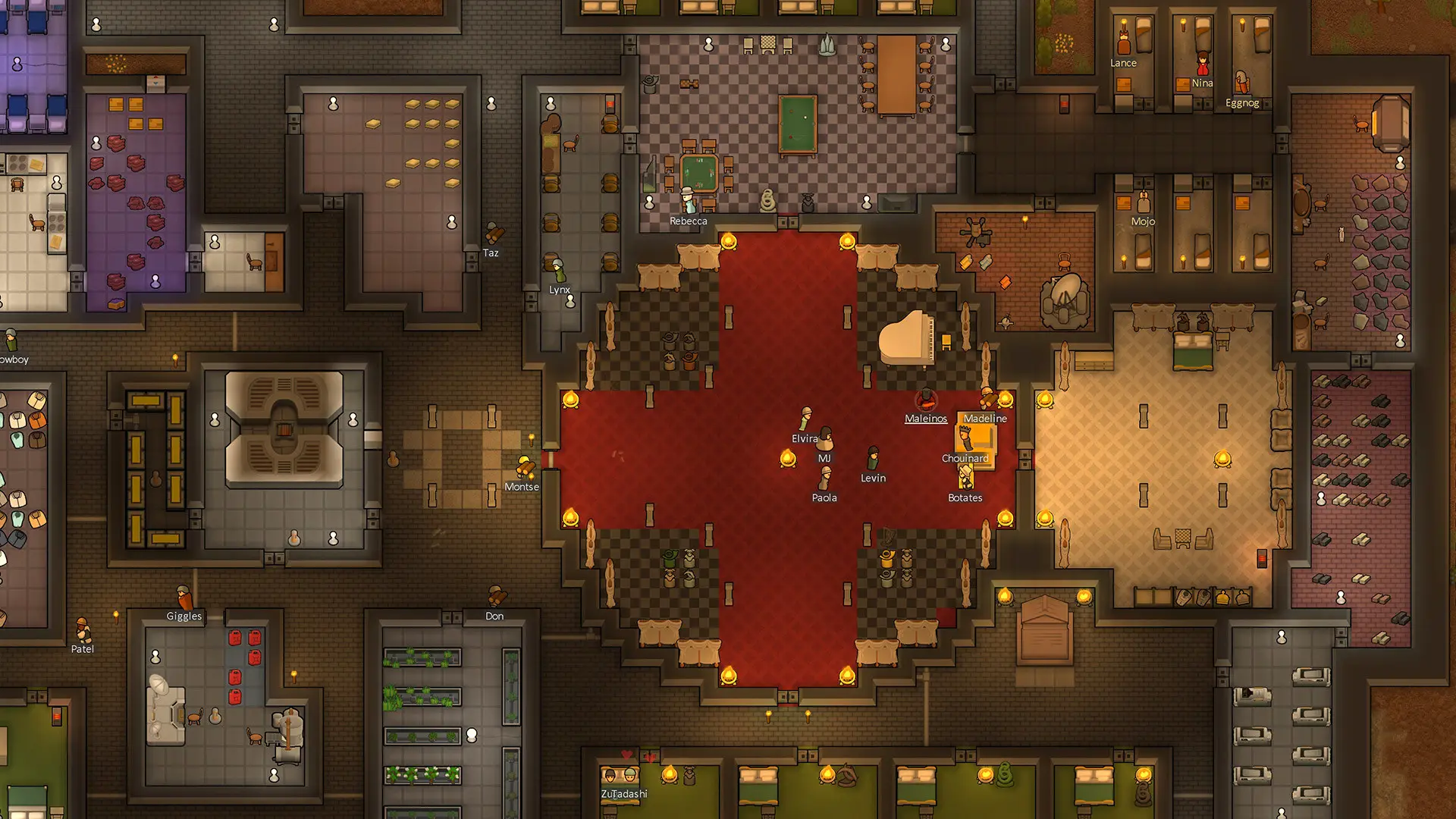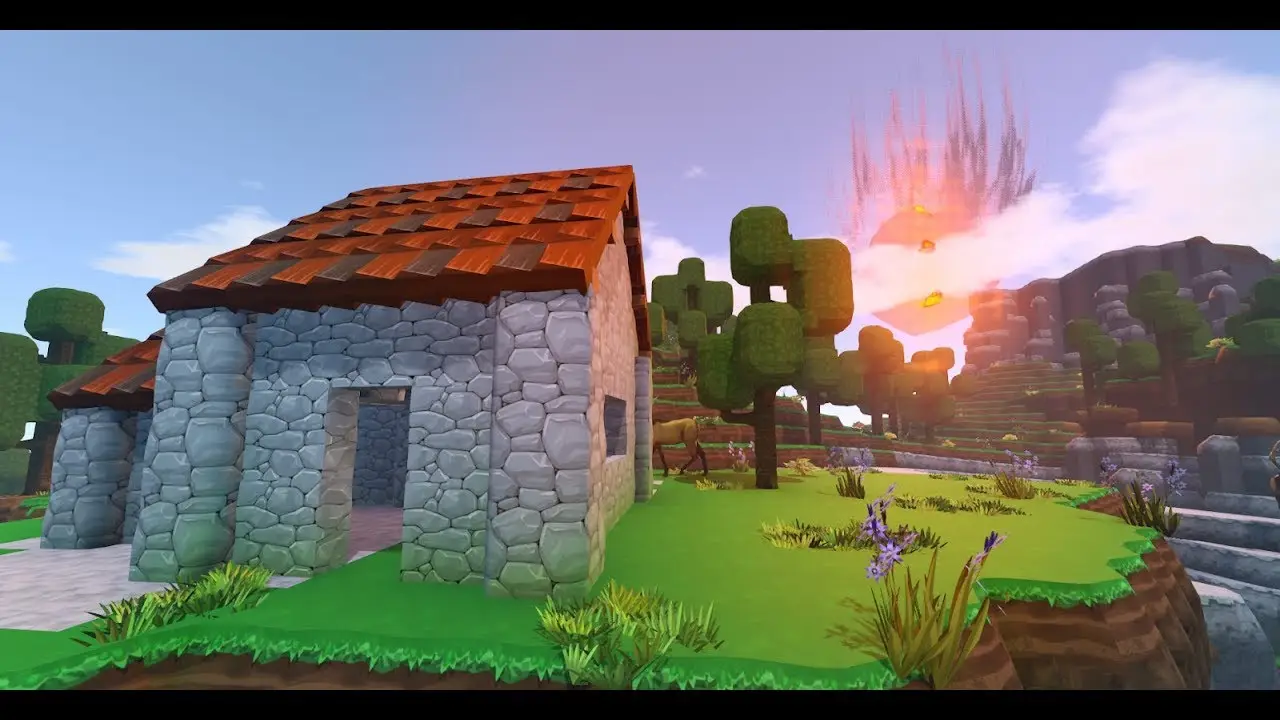Sandbox games are digital worlds where the boundaries of reality blur and players have complete freedom of action. Without a predetermined scenario and strict tasks, they give the opportunity to choose their own path, which became the key to their popularity. Freedom of choice and the absence of frameworks turn the player from a passive observer into an active creator, which changes the very perception of the gameplay. But why did this format become so popular? Let’s figure it out below.
Computer games: where did sandboxes begin
Computer games have come a long way from linear plots to complete freedom of action. At the beginning of the era of computer entertainment, players were accustomed to following a strictly defined route, where every turn and every decision were already programmed by the developers. With the advent of the first “sandboxes”, everything changed.

Sandbox games like early Minecraft or the first version of Grand Theft Auto became a revolution in the gaming industry. They gave players not only space for action, but also the opportunity to create their own history. These games were attractive because they allowed players to explore, build, and destroy, all without a predetermined scenario.
Online Games and the Social Element in Sandboxes
Online games added a new layer to the sandbox concept. An element of social activity appeared, which became especially prominent in projects like Rust and ARK: Survival Evolved. These games took the genre to a new level, allowing players not only to create their own world, but also to interact with other players.
Interaction became the basis of the gameplay – whether it was cooperation to build a base or a confrontation for resources. Nothing adds adrenaline like a battle for survival against real players, not programmed bots. Sandbox games with multiplayer create a sense of reality, when every action can affect the interaction with other participants in the game world.
Free sandbox games: what keeps them popular
Free access is another reason for the rapid spread of sandbox games. When players can dive into a world full of possibilities for free, it attracts audiences of all ages. Fortnite and Genshin Impact are two prime examples. They attract millions of players worldwide thanks to the ability to start playing without any initial investment. But it’s important to understand that developers still make money through in-game purchases.
Monetization through cosmetic upgrades or access to exclusive features helps keep access free for the bulk of players. Free-to-play sandbox games offer freedom of choice without financial commitment, making them accessible to everyone.
Open-World Sandboxes: Freedom of Action and Its Consequences
 This is a real phenomenon that allowed players to feel like full-fledged creators. There is no single right path here, as in most traditional games. Skyrim and The Witcher 3 are the very examples that show how open-world projects change the perception of the gameplay. You can explore the map, build your own story, or even just do crafts without participating in the main events.
This is a real phenomenon that allowed players to feel like full-fledged creators. There is no single right path here, as in most traditional games. Skyrim and The Witcher 3 are the very examples that show how open-world projects change the perception of the gameplay. You can explore the map, build your own story, or even just do crafts without participating in the main events.
Freedom, of course, requires responsibility: players decide for themselves where to direct their energy and what tasks to complete. This concept creates a unique feeling that every moment of the game is a personal choice, and not an imposed mission.
Multiplayer sandbox games: team spirit and survival
Multiplayer sandbox games have become a unique type, where teamwork comes to the fore. Projects like Valheim or Conan Exiles show how interaction between players becomes the key to success. Here, it is impossible to succeed alone – each player contributes, be it building a base, hunting, or exploring the territory.
Multiplayer projects encourage teamwork and resource sharing. Nothing unites better than surviving together in a cruel world, where every decision can be fateful for the whole team. Multiplayer sandbox games create an atmosphere where everyone feels like part of a big world full of adventures and challenges.
Sandbox games for weak PCs: options
Not every gamer has a powerful PC capable of supporting modern graphics games. However, there are options for weak computers that also offer many interesting opportunities. Terraria and Stardew Valley are excellent examples of how you can create an exciting game that does not require top-end hardware. These projects provide a huge amount of content, despite their relatively modest system requirements.
Sandbox games for weak PCs show that you do not need expensive equipment to enjoy the open world and create your own stories. The main thing is the idea and mechanics that draw the player into the world of adventure.
Sandbox games with world creation
A chance to feel like real architects. Minecraft is the most obvious example, where you can build absolutely everything from a small hut to huge metropolises. However, there are other projects, such as Besiege, where the focus is on engineering solutions and the invention of unique mechanisms. Here are some examples of what can be created in sandbox games with world creation:

- Buildings and structures: from small houses to huge castles and megalopolises.
- Mechanisms and devices: various mechanisms, like in Besiege, where players can build unique machines and inventions.
- Landscape and nature: create unique natural landscapes, gardens and parks to give the world a personality.
- Entire game worlds: plan and develop huge areas, including cities, villages and even continents.
Conclusion
 Sandbox games changed the gaming industry by making freedom of action the new standard. They allowed gamers to feel like creators, explorers and architects of their own worlds. These projects offer more than just a walkthrough – they provide a unique experience that everyone creates on their own.
Sandbox games changed the gaming industry by making freedom of action the new standard. They allowed gamers to feel like creators, explorers and architects of their own worlds. These projects offer more than just a walkthrough – they provide a unique experience that everyone creates on their own.
 en
en  ru
ru  de
de  ar
ar  es
es  nl
nl  hi
hi  fr
fr  it
it  pt
pt  el
el 



